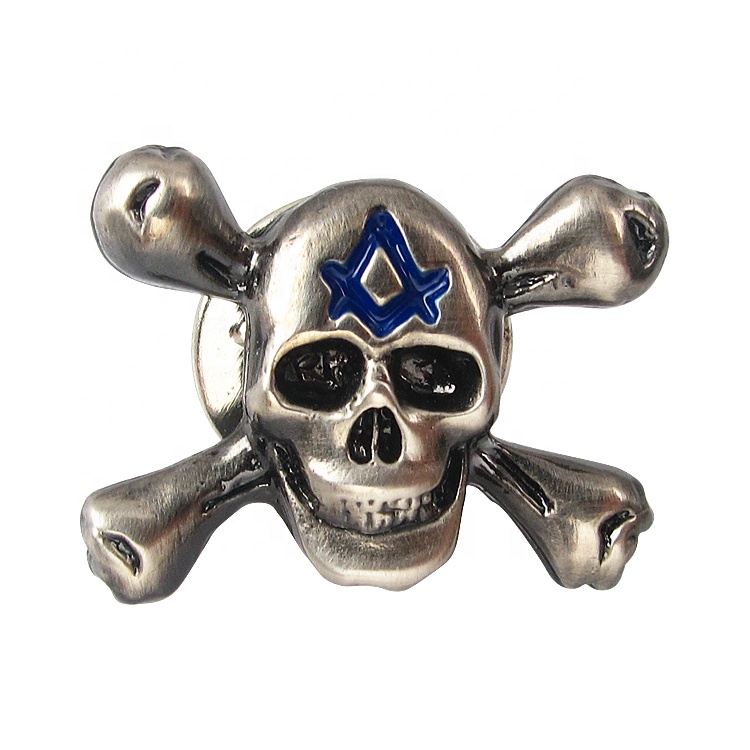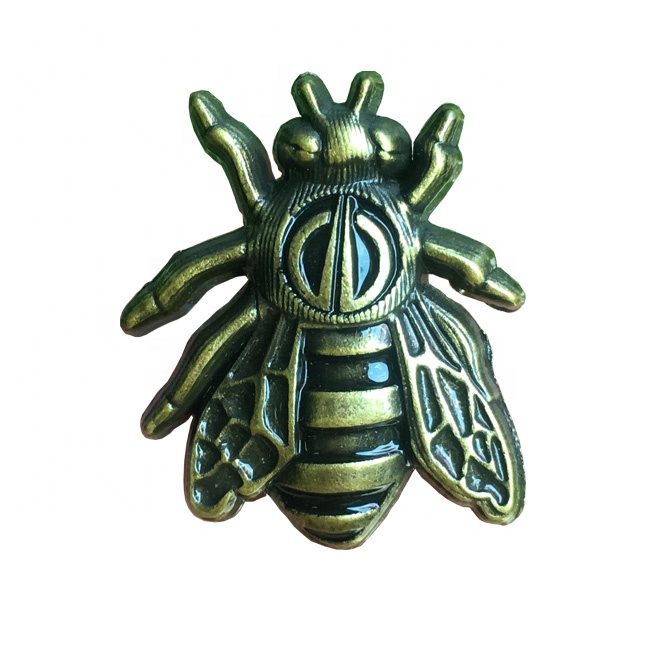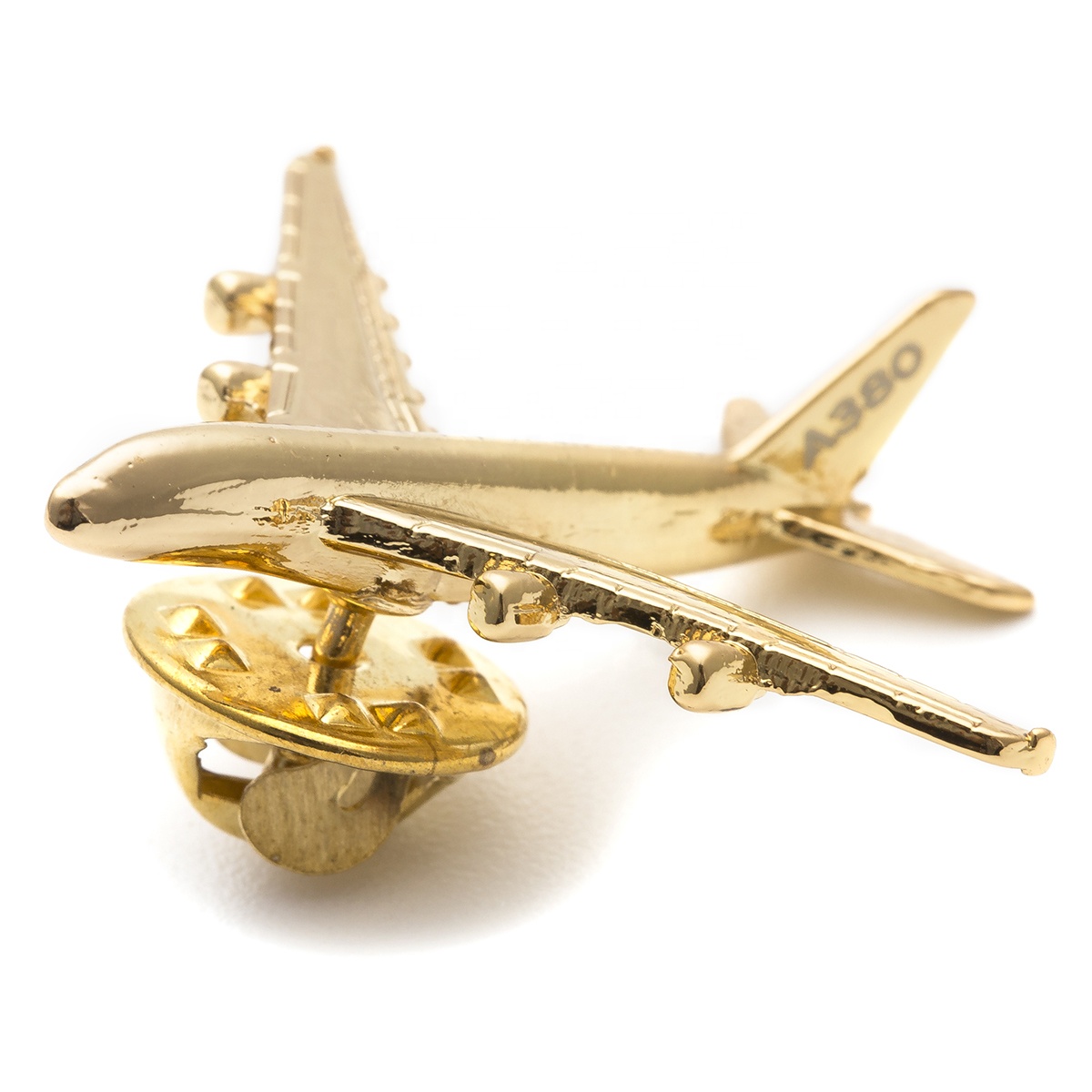When we think of badges, we typically envision flat, two-dimensional pieces made from metal or plastic, featuring various insignias, designs, or text. However, in recent years, badges have evolved into a new dimension, known as 3D badges. These eye-catching badges not only have a unique appearance but also serve as a striking addition to a wide range of occasions. In this article, we’ll delve into the characteristics, uses, and production process of 3D badges.
Characteristics of 3D Badges
Realistic Appearance: 3D badges stand out with their lifelike appearance. By adding depth and dimension, they can better emulate real objects or patterns, making them appear more realistic.
Versatile Material Choices: When creating 3D badges, you can choose from various materials, including plastic, metal, rubber, resin, and more. This diversity allows creators to achieve different textures and effects.
Customization: 3D badges allow for highly personalized customization. You can select colors, shapes, sizes, and patterns to ensure the badge perfectly aligns with your requirements.
Durability: 3D badges are typically made from robust materials, ensuring excellent durability to withstand wear and use.
Uses of 3D Badges
Brand Promotion: Businesses can use 3D badges to showcase their logos, slogans, or products, enhancing brand recognition. These badges can be distributed as gifts, prizes, or sales items, helping boost brand visibility.
Commemorative Events: 3D badges are the ideal choice for commemorating special events or occasions. They can be crafted as mementos to celebrate weddings, graduations, company anniversaries, and other significant moments.
Team Building: In team-building activities, 3D badges can serve as team identifiers, fostering a sense of belonging among members. Each individual can wear their personalized 3D badge to display their allegiance to the team.
Personalized Gifts: Gifting 3D badges is a creative way to express gratitude or celebrate friendships. These badges can feature personal portraits, special dates, or meaningful symbols.
Production Process of 3D Badges
Design: The first step is to create or select the badge design. This can be a company logo, a personal portrait, a specific pattern, or any other design you prefer. The design should account for the 3D effect and color choices.
Material Selection: Based on your design requirements, select the appropriate material. Different materials have different characteristics, which can influence the badge’s appearance and texture.
Mold Creation: Create a mold to ensure that 3D badges can be produced according to the design specifications. This often involves 3D modeling using CAD software and the use of CNC machines or 3D printing to create the mold.
Injection Molding or Casting: Heat the chosen material to its melting point and inject it into the mold. Once it cools and solidifies, the finished product can be removed.
Painting and Decoration: Depending on your needs, 3D badges can be painted and decorated to enhance their visual appeal. This includes coloring, spray-painting, gold-plating, or other decorative techniques.
Packaging and Distribution: Finally, package the 3D badges and prepare them for distribution to customers, employees, friends, or clients.
In summary, 3D badges offer a novel and attractive way to promote brands, commemorate events, and enhance team identity. Their personalization and durability make them an ideal choice for various occasions. Whether you are a business owner, event planner, or an individual, consider using 3D badges to add a distinctive touch to your activities.
Post time: Oct-31-2023



